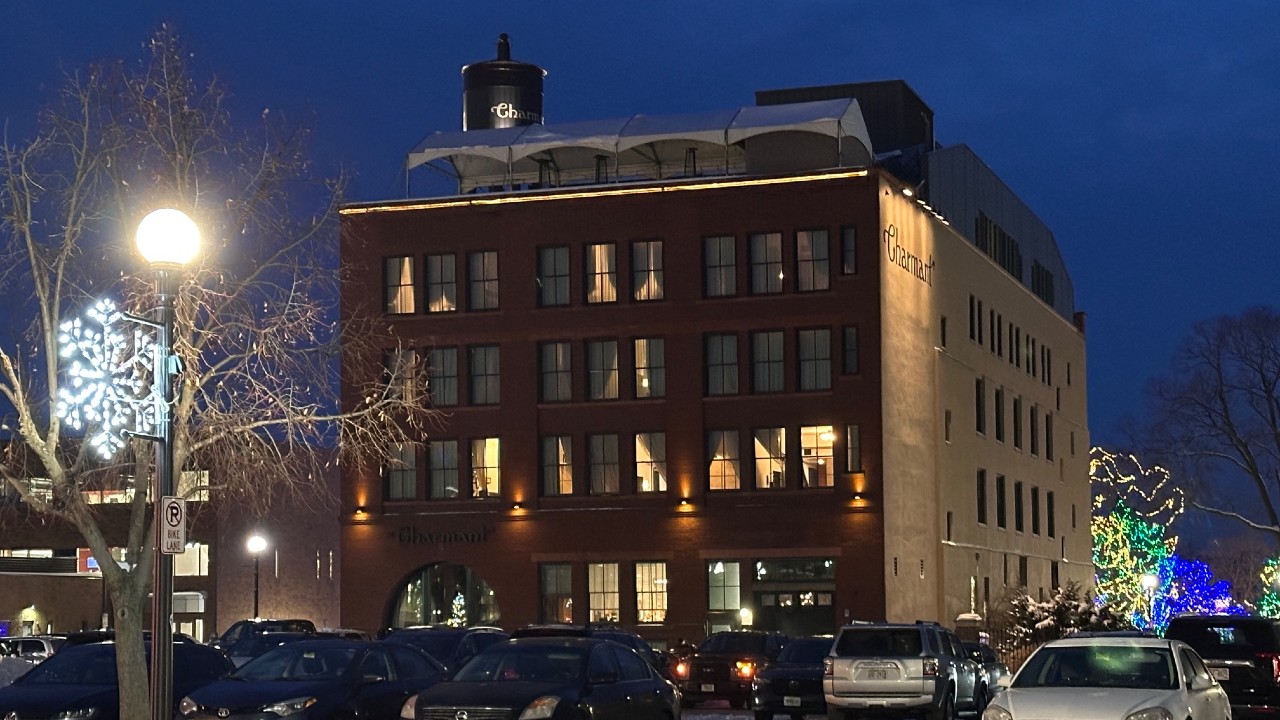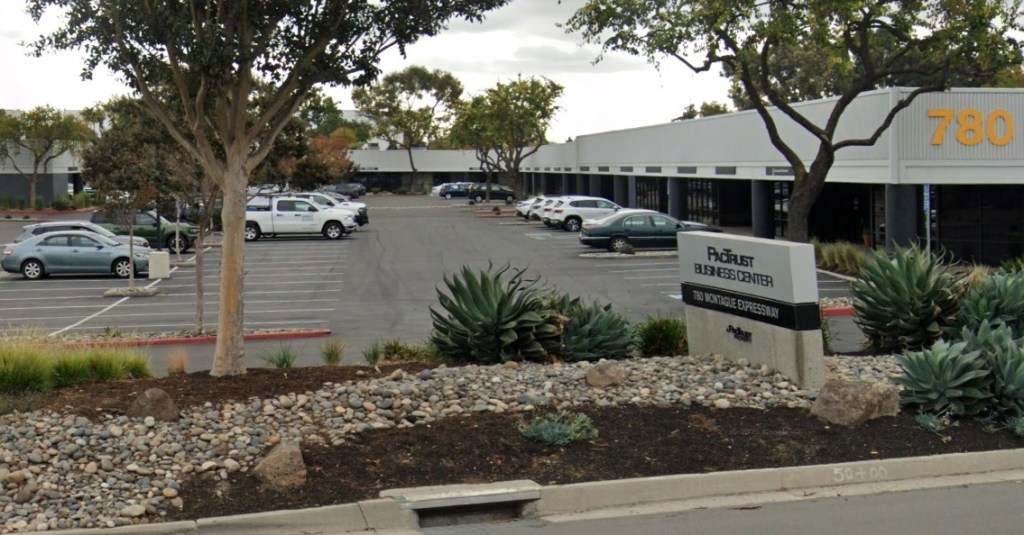N
orth America's data‑center sector accelerated in the first half of 2025, driven by surging AI and cloud demand. Primary supply rose 17.6 % to 8,155 MW, yet the market remains tight: vacancy slid to a record 1.6 %. About three‑quarters of the new capacity under construction—74.3 %—is already pre‑leased, largely to cloud and AI operators locking in infrastructure years ahead. “The market is tight, and it will stay that way,” a CBRE executive noted. “Power availability, not real estate, is the biggest bottleneck.”
Pricing followed the demand curve. Mid‑size blocks (250–500 kW) saw a 2.5 % rise in the first half, while 10 MW+ leases jumped up to 19 % in key markets. Northern Virginia’s 10 MW+ rates climbed 13.8 % since the end of 2024; Silicon Valley surged 19 % amid acute power shortages; Chicago gained 15.4 % as large, power‑ready sites became scarce and delivery timelines lengthened. The widening gap between small and large deployments signals a shift: hyperscale and AI tenants are now setting market prices by demanding scalable, future‑proof capacity across core and secondary hubs.
Capital activity slowed sharply. Total investment in North American data centers fell below $1 B in H1 2025—more than half the level seen a year earlier—due to investor caution amid economic uncertainty, geopolitical tensions, and power supply worries. Nevertheless, institutional appetite remains strong. Investors who once favored industrial or net‑lease assets are turning to data centers for their robust fundamentals, and analysts expect a rebound in the second half as deferred deals close and new large‑scale projects enter the market.
Financing momentum, however, accelerated. Commercial mortgage‑backed securities (CMBS) backed by data centers hit a record $4.5 B in Q1 2025, led by Switch’s $2.4 B securitization of three Nevada sites and QTS’s $2.05 B deal covering Virginia and Georgia assets. Other capital moves reshaped the landscape: CoreWeave completed roughly $7 B in lease‑back financings for build‑to‑suit projects; Principal Financial raised $3.64 B for a growth and income fund aimed at financing over $8 B in hyperscale developments via a partnership with Stream Data Centers; Blue Owl Capital acquired IPI Partners’ investment‑management arm for $1 B, adding more than $10 B in digital‑infrastructure assets; and DigitalBridge, with Canada’s Caisse de dépôt et placement du Québec, bought hyperscale developer Yondr Group, underscoring consolidation trends. On a global scale, OpenAI, Oracle, and SoftBank announced “Project Stargate,” a $500 B initiative to build next‑generation AI infrastructure.
Rents for both existing and build‑to‑suit facilities continue to climb, driven by tight power supplies and higher land, construction, and capital costs. Tariffs on imported materials further strain development budgets. Despite cost inflation, capitalization rates have stayed largely stable, typically 100–150 basis points above the 10‑year Treasury yield, reflecting investor appetite that outpaces supply.
Markets with reliable power within 18–36 months command the most attention. Pennsylvania has emerged as a new hotspot, offering abundant electricity and proximity to the New York Tri‑State and Northern Virginia regions. Developers and hyperscale users now prioritize large tracts capable of supporting more than 200 MW of capacity.
Operators are also rethinking energy sourcing. Some cryptocurrency miners have redirected power allocations toward data center development, while new projects increasingly incorporate on‑site generation—gas‑fired plants, photovoltaic arrays, battery storage—and are expected to add small modular nuclear reactors (SMRs) before the decade’s end. Renewable integration is accelerating; developers are embracing solar, wind, geothermal, and modular nuclear solutions to de‑risk power strategies and meet long‑term sustainability goals.
As AI and cloud workloads expand at breakneck speed, the industry’s biggest challenge may shift from finding land or capital to securing enough power to keep the digital economy running.















